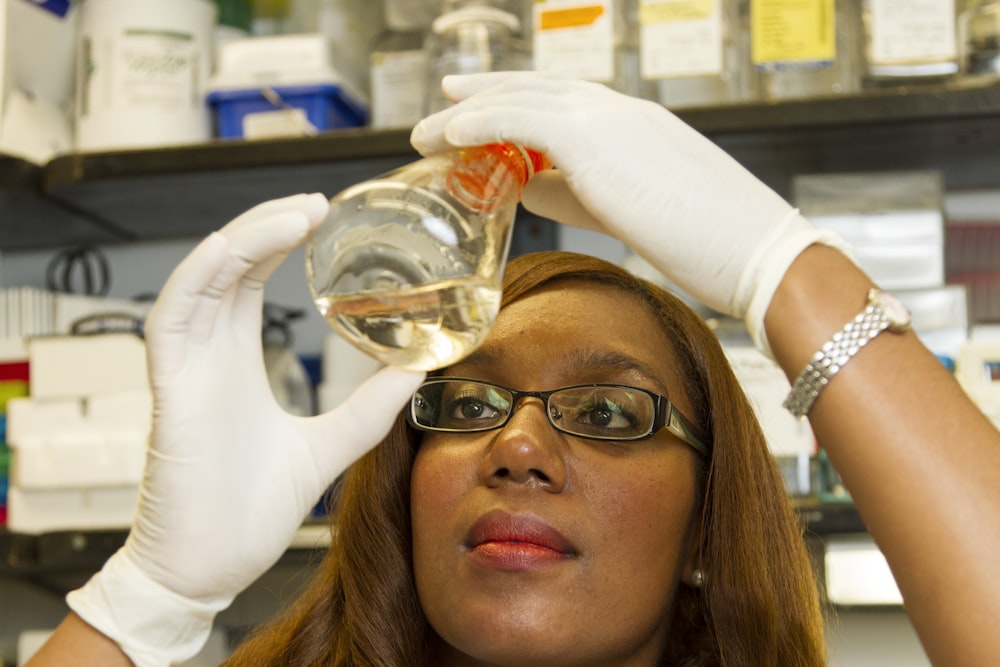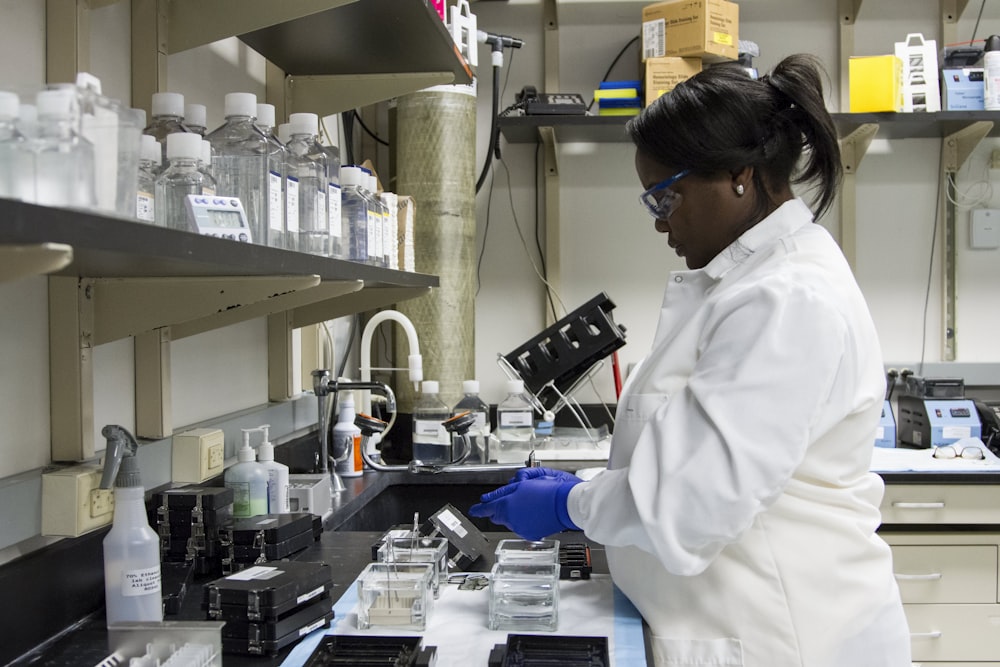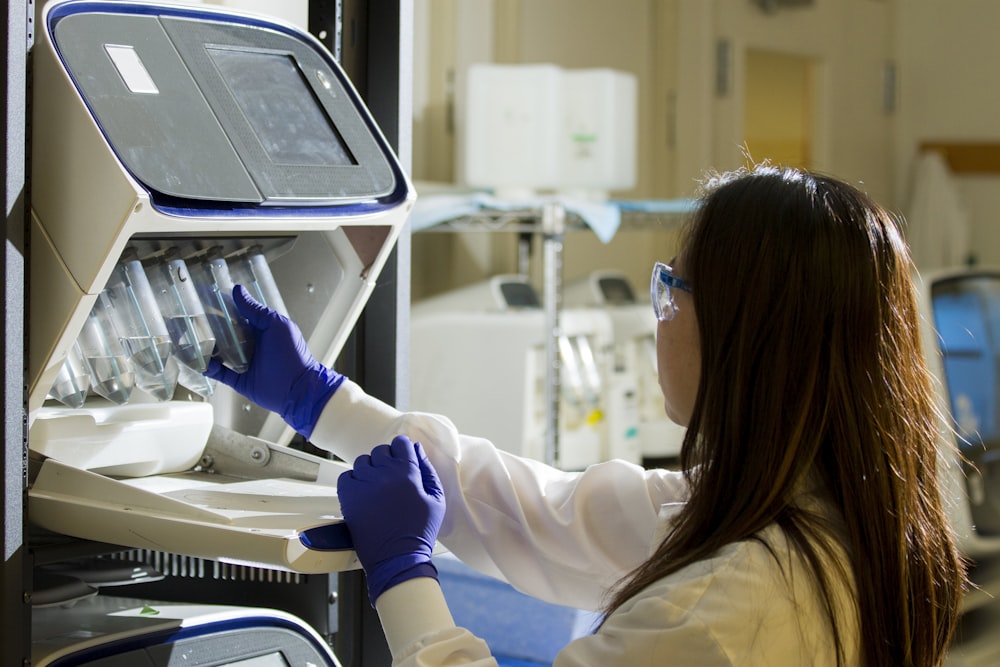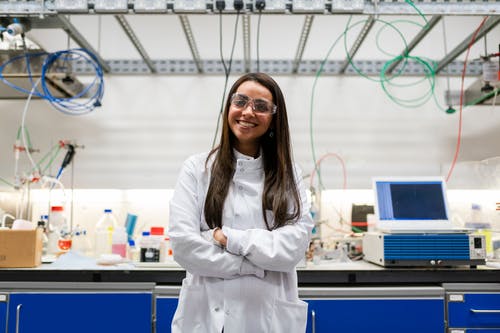
Today is International Day of Women and Girls in Science
It's the UN's International Day of Women and Girls in Science! The 11th of February is a day to address the gender gap in science, and interrogate the gender disparities in the scientific system,which need to be addressed by new policies, initiatives and mechanisms to support women and girls in science.
The 2021 theme for International Day of Women and Girls in Science is 'Women Scientists at the forefront of the fight against COVID-19'.
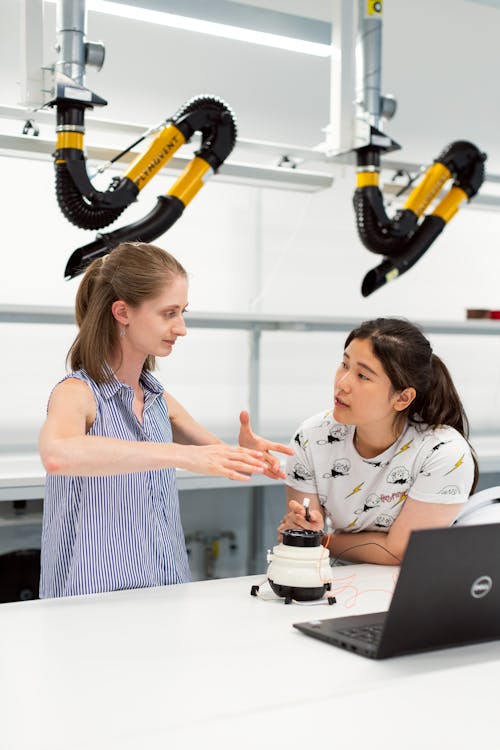
The pandemic has highlighted the important and crucial role that women have at the fore of scientific research and development. Work from the likes of Prof Sarah Gilbert, Prof Teresa Lambe, Dr Sandy Douglas and Prof Catherine Green has led to the development of the Oxford vaccine against Covid-19, while Melissa Moore who is in charge of the mRNA technology in the biotech firm, has been key in the effort to produce the Moderna vaccine.
Women have been essential to the advancement of the vaccine production, testing, development and research and yet, between 2017 and 2018, only 39% of students studying physical sciences were female.
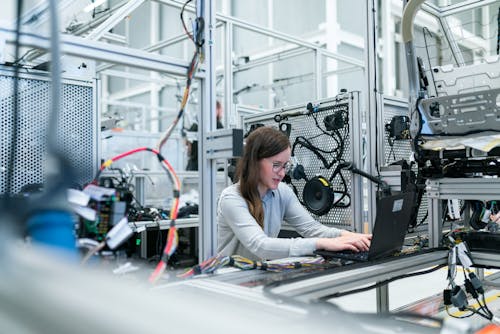
STEM Women released data last month that revealed the still low numbers in young women choosing to continue STEM education into third level:
Mathematic sciences
Female – 14,100 – 37%
Male – 24,335 – 63%
Total – 38,465
Computer sciences
Female – 4,525 – 19%
Male – 19,550 – 81%
Total – 24,090
When looking at the UCAS data for students studying computer sciences related degrees, only 19% were female, with a staggering 81% of students being male.
Engineering and technology
Female – 23,650 – 19%
Male – 102,970 – 81%
Total – 126,660
An Irish study found that 48% of female students from the academic year of 2015/16 were enrolled in STEM courses, which was 12% more than in the U.S.A and Australia, bth coming in at 36%. While this number may seem high, it is actually because the number of women taking on science courses are concentrated in one are: Biology. The Irish Higher Education Authority statistics of 2015/2016 indicate that female students accounted for:
68% of students in biology
25% of students in mathematics
24% of students in physics
18% of students in information and communication technologies
24% of students in engineering, manufacturing and construction.
And when it comes to employment – which has a whole set of its own barriers – less than 25% of the 117,800 workers in STEM occupations are female. And even more damningly, the UNESCO Institute for Statistics (2018) reports that in relation to the number of female science researchers in Europe, Ireland is placed 32nd out of 41 countries with just 32.3%.
The Washington Journal of Engineering Education identifies early years – specifically between the ages of 12 and 14 – as the ideal time to start developing girl's interests in the STEM area. They propose that this is achieved through a carefully curated education program designed to 'better enhance student interest and capabilities in those areas. They cited that 'one means of having an effect on whether students choose to seek a degree in Science, Technology, Engineering, or Mathematics (STEM) is to offer an experience that ensures students are aware of the interesting and rewarding career options available with a STEM degree.'
However, they also cited a 2008 study that examined the effects of parental involvement on the child’s goal of completing their college degree. Their models were able to predict how far in school students were expected to get based on their parents' level of involvement. This ‘involvement’ included everything from discussing school events, topics studied, and selection of classes and courses. The study found that ‘college aspiration levels and parental involvement was a significant predictor’ and that ‘higher academic ability, socioeconomic status, maternal expectations, and paternal expectations were significant predictors of higher aspiration levels’ and that ‘encouragement from parents was very important in students deciding to pursue post-secondary education’.
The problematic underrepresentation of women in science is a social problem that will soon turn into something much more serious. When there isn't an even gender distribution in the voices heard, the research put forth and the ideas generated, we all suffer. We all miss out on what could have been.

